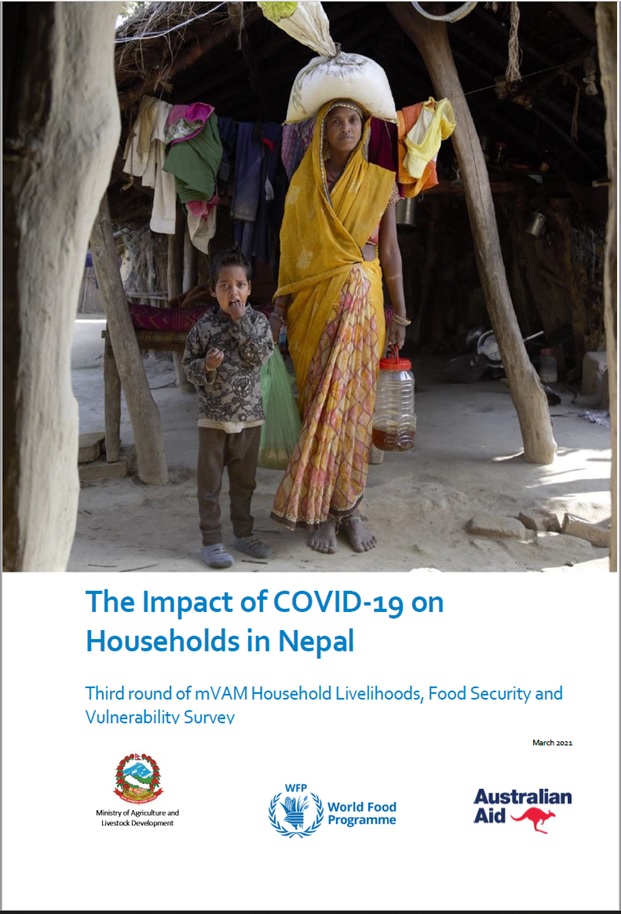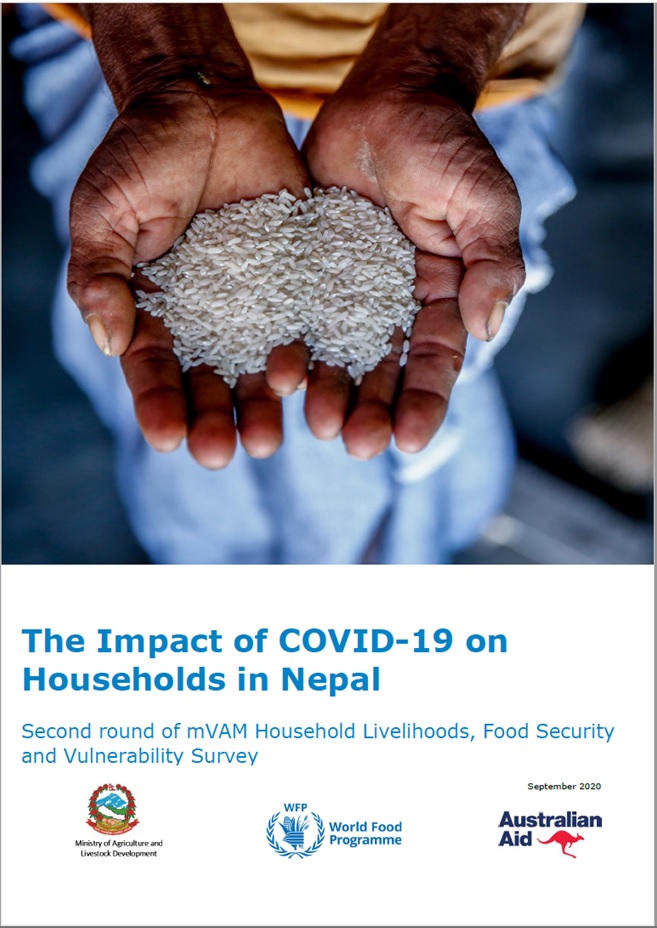2008 Nepal Staple Food Market Review & Outlook for 2009
2008 was a year marked by unprecedented food price increases across the country. At peak prices, rice increased by 24 percent, oil by 30 percent, wheat flour by 18 percent, and musuro (lentil) by 40percent compared to last year.
The major causes of price increase during 2008 include: high reliance on imports during a year of rapidly rising global food prices, the 2007 Indian export ban on key food commodities, high transportation costs, reduced road access caused by natural disasters, civil unrest, and poor base stocks of food.
Domestic cost drivers resulted in particularly high food prices,year-on-year food and beverage inflation in Nepal was approximately 17 percent, compared to approximately 10 percent food inflation in India.
Eighty percent of households in Nepal experienced increased difficulty in purchasing food during 2008 due to higher food prices;yet, only 31 percent of households reported increased income.
The most common coping strategies were: relying on less preferred foods, reducing meal portions, reducing spending on non-food items and spending savings/borrowing money for food purchases. Over 30 percent of households had skipped meals, or reduced portion sizes.
Despite relatively strong agricultural harvests in 2008, food stock levels in both Nepal and Indian feeder markets are generallylow and are not likely to be replenished soon. Therefore, the possibility of further sharp price hikes and continued price volatility through 2009 remains high.
News & Events
- Brief on the Food Security Situation in Nepal (Mid-July to mid-November 2017)
- Launch of Food Security Information System for Nepal
- Second Advance Estimate of 2016/17 Wheat Production in Nepal using CRAFT
- Brief on the food security situation in Nepal (Mid November 2016 to Mid March 2017)
- Updated NeKSAP guidance on food security response analysis and district food security monitoring

